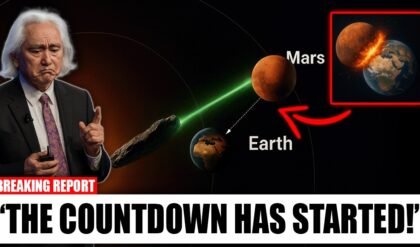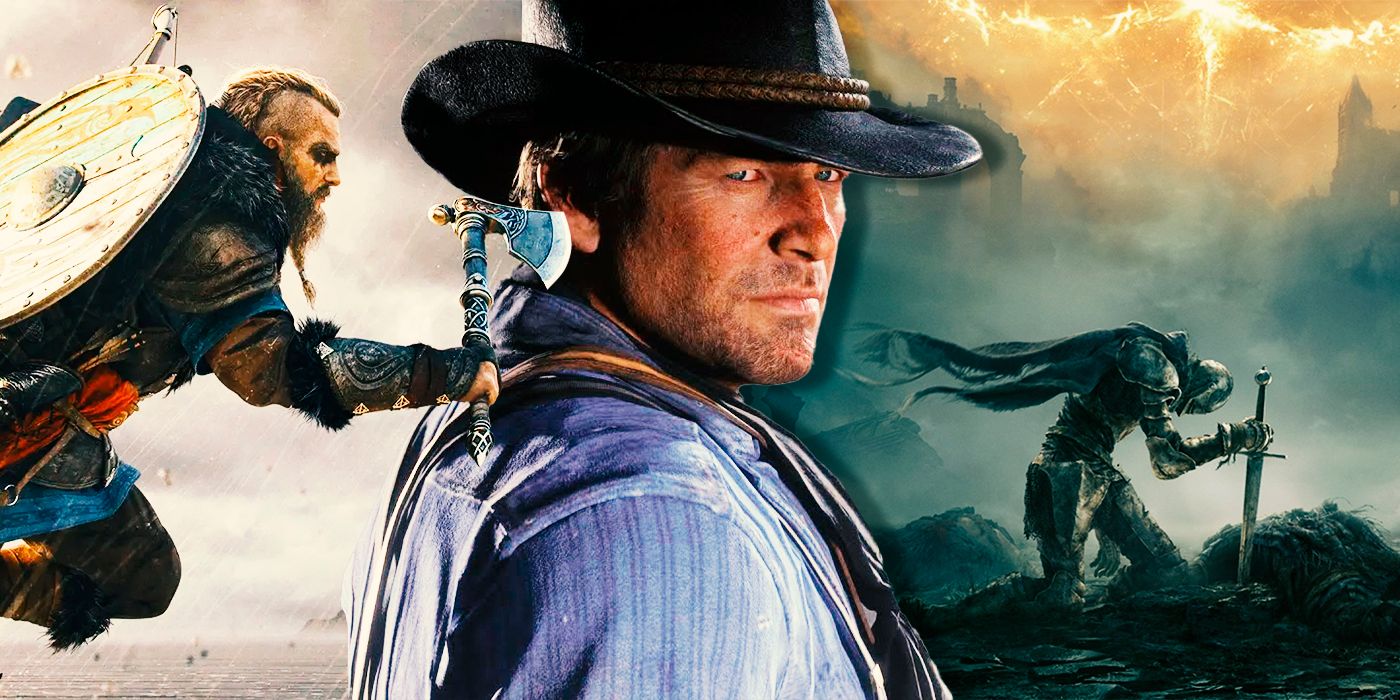
This is a trend that will only continue, especially because these titles sell. It’s not hard to find games from the past year alone that have featured seemingly larger worlds than ever, and there are plenty more on the way. But when is it going to be enough? What is the end point of this movement? There is an argument to be made for this trend to pause for a time, as the gaming industry evaluates how it wants to proceed. Nonetheless, there are success stories within the open-world genre, which suggests that developers can continue down this path, regardless of any potentially negative consequences.
Open World Games Began as an Exciting Experiment
Some Key Titles Highlighted the Strength of the Genre
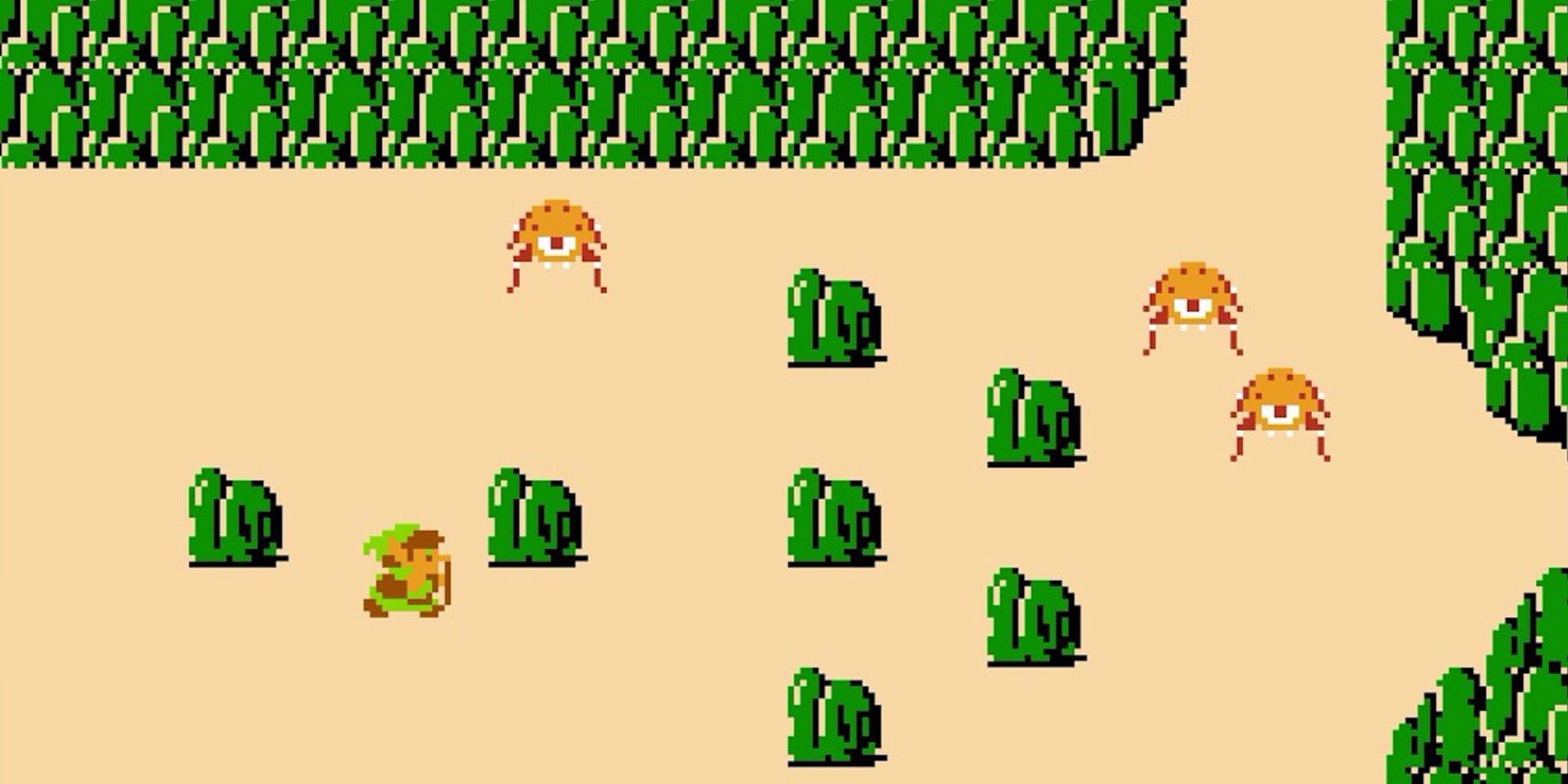

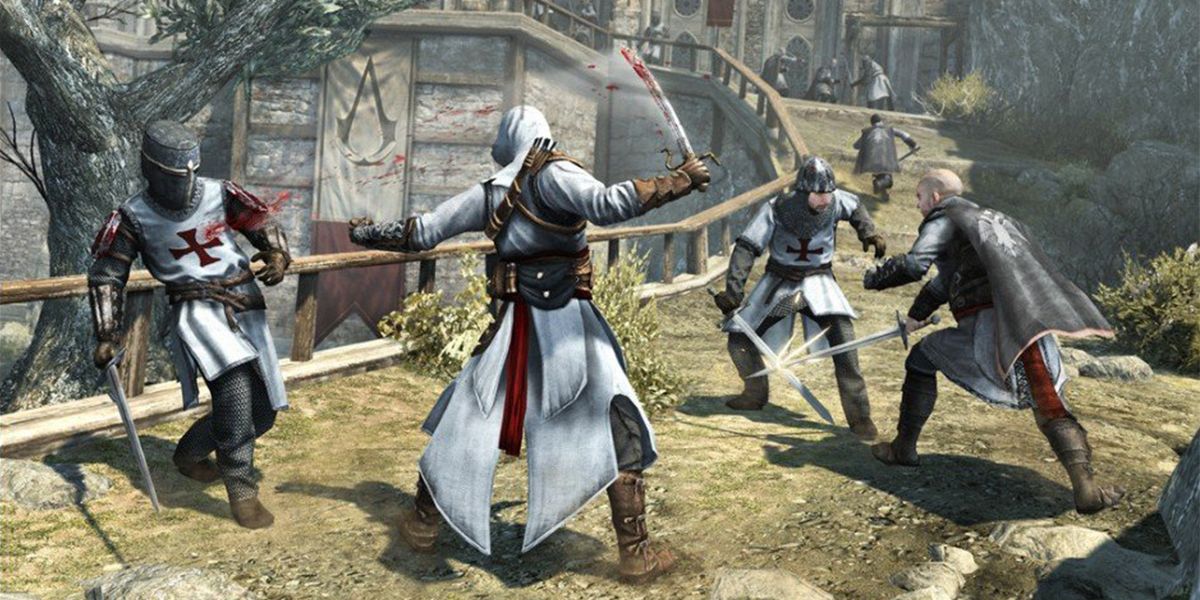
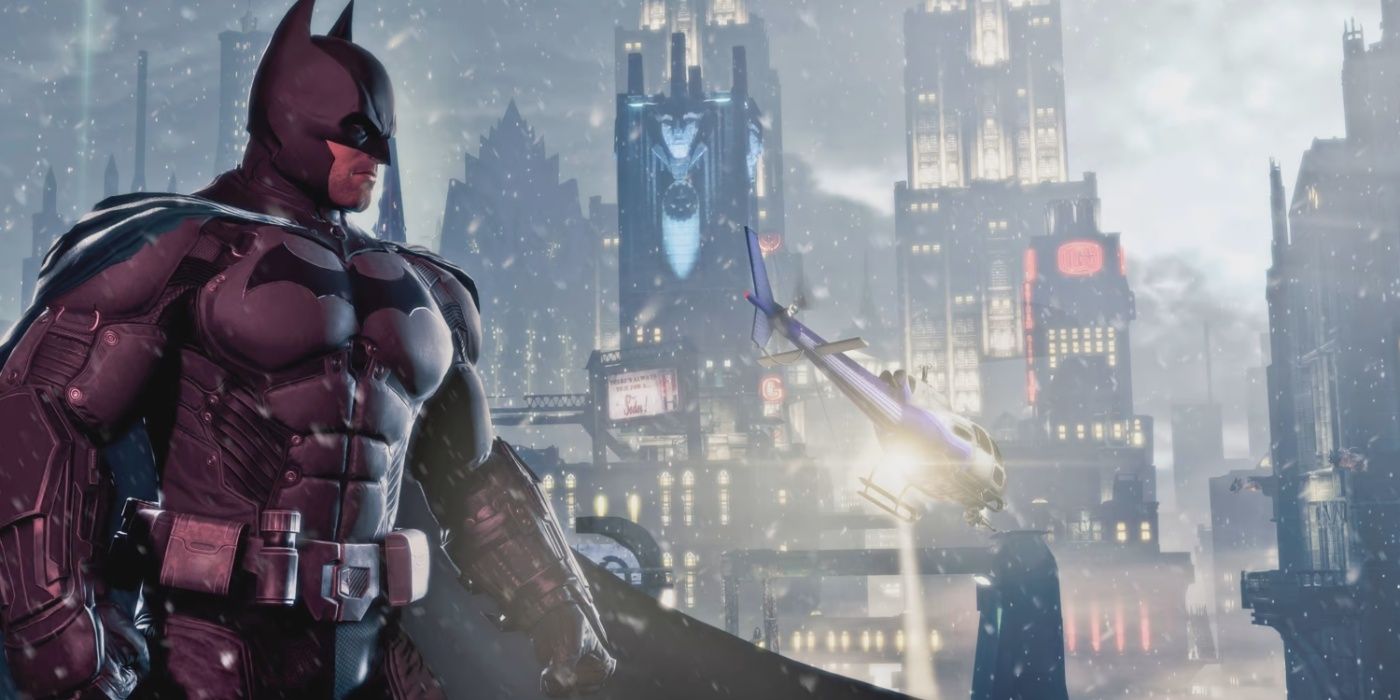




The answer to an important question has been debated for a very long time. What was the first open-world game? Experts point to titles like Jet Rocket and Colossal Cave Adventure as potential starting points, but many developers have drawn influence from the first Legend of Zelda release. Irrespective of where the genre began, what is important is how it evolved in the last 90s and early 2000s.
With the development of consoles like the PlayStation 3 and Xbox 360, the genre was truly able to come into its own. That’s going back almost two decades now, but players will still have fond memories of the size of the map in Assassin’s Creed and the way in which Batman: Arkham City was able to use Gotham’s architecture to great effect.
Although this gaming structure had been taking form on prior consoles, this was arguably the sweet spot for the genre, where maps were impressive but never impenetrable. They only ever complimented the story, hiding side quests and unique areas of exploration that brought significant value to the gameplay experience. World-building was a key part of the decisions made, and those open-world titles utilized all of the space available to add to the universe’s lore.
This was also a period of experimentation and balance for the industry, though. There were standout open-world games to take into consideration, but they were contrasted with exciting first-person shooters and focused level-based titles. It was rare to see a crossover in a genre quite as has taken place in the modern age, and games essentially stuck in their lane.
Players also knew where they were in this era of open-world gaming, because the industry found a rhythm and formula that was consistent. Of course, there were exceptions to the rule, and titles like The Lord Of The Rings Online, Guild Wars Nightfall, or Spore highlighted how much larger these games could get.
But, by in large, players began to feel a familiarity with the medium, as they understood how to navigate the side quests, search for the collectibles, and ultimately get the most out of the games themselves. Open-world maps weren’t developed for shock value, or to simply daunt the players at the sheer scale of what they faced, but were always designed with narrative in mind.
The Maps Have Been Pushed To Incredible Scales
Open Worlds Seem To Keep Getting More Challenging To Navigate
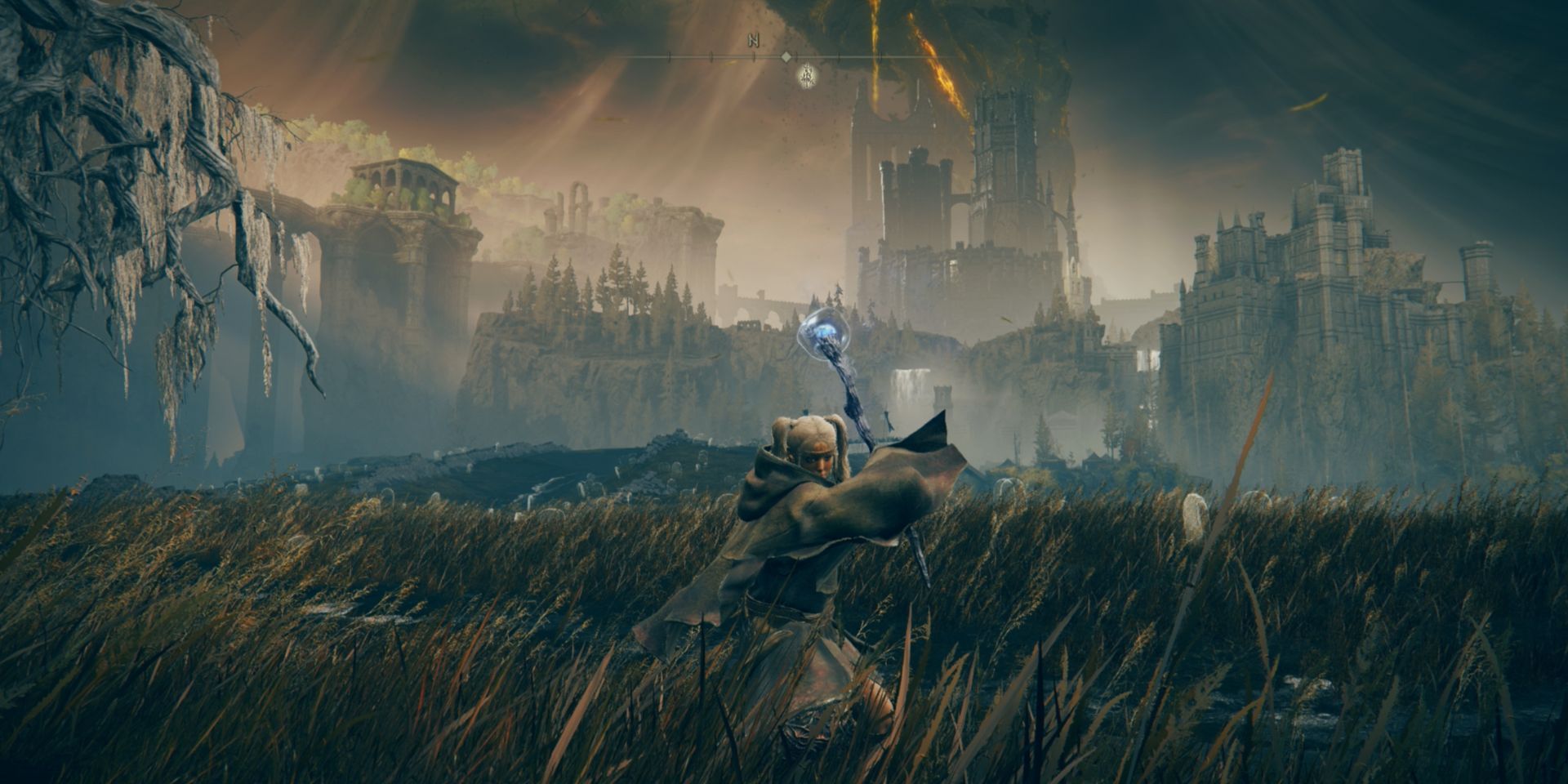
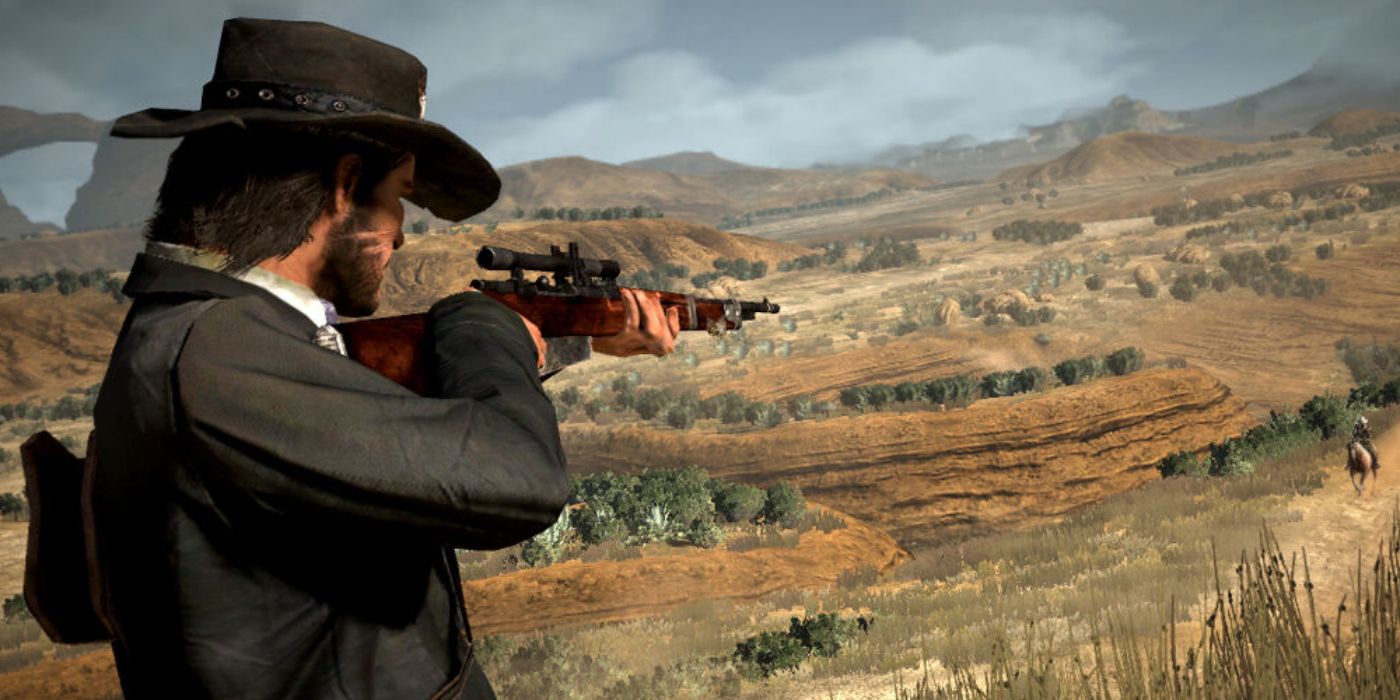
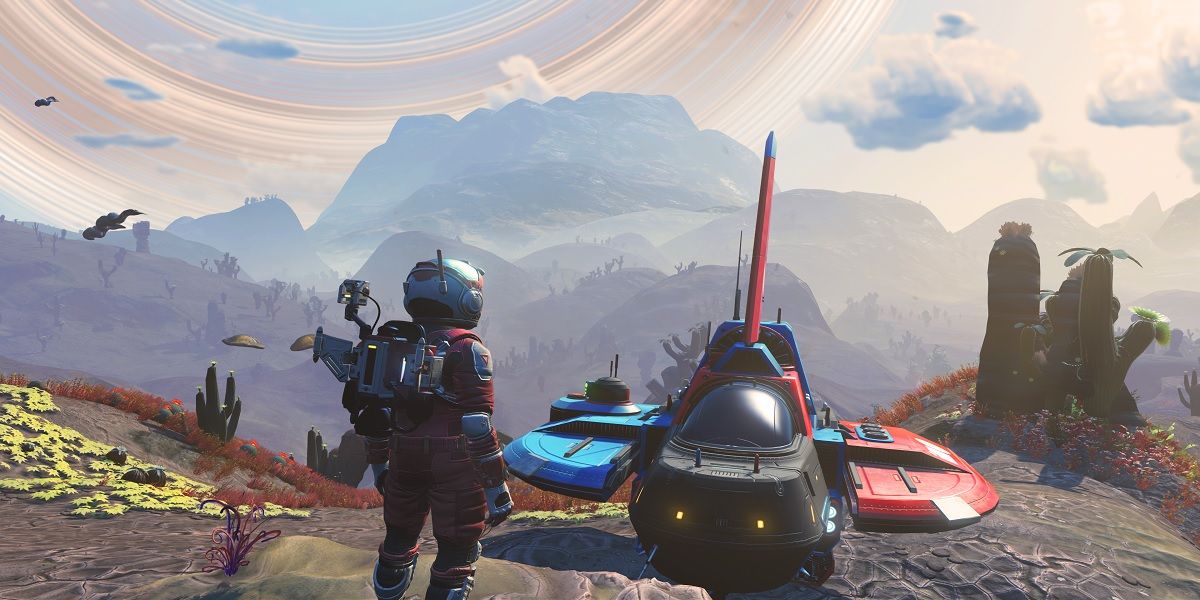
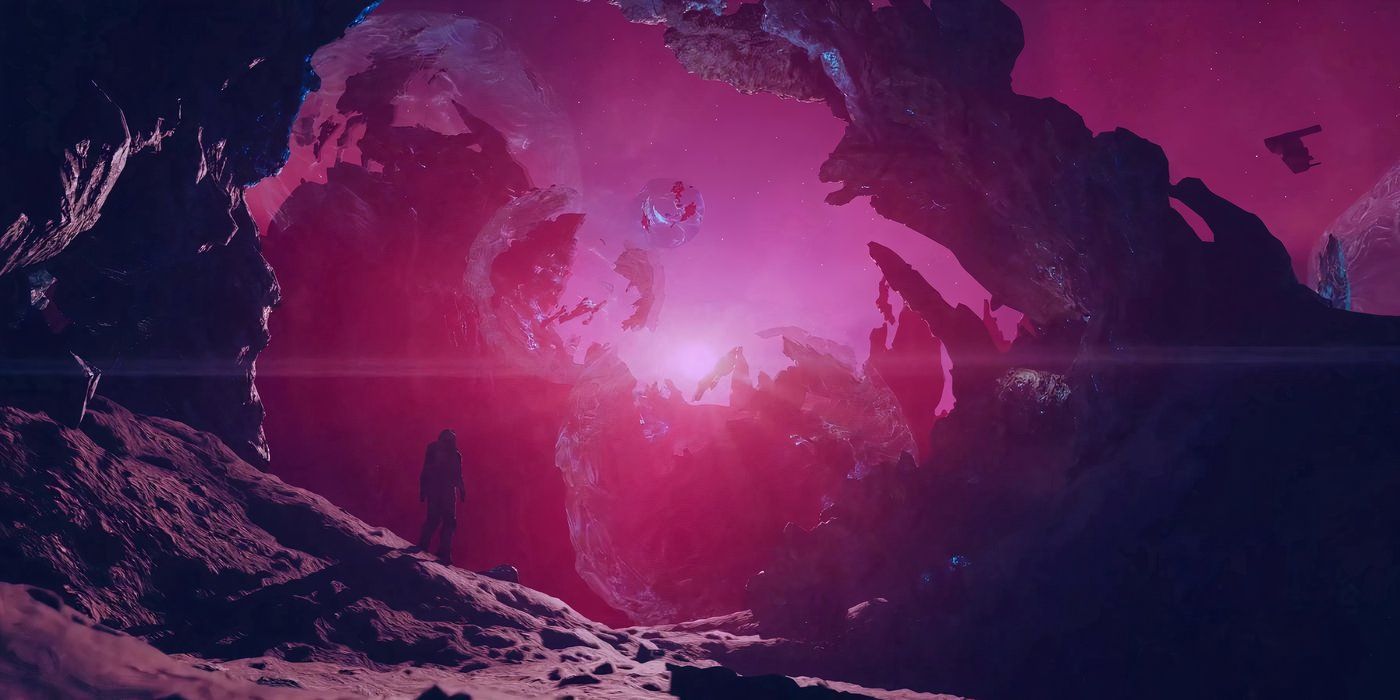




But when there are all kinds of small stories to find, which have been bolstered by an active online community, it’s easy to forgive any of the downsides of using an open world map in this way. Red Dead Redemption 2 was the benchmark for so many other developers. On the other hand, though, fast-forward to more recent times, and it feels as if the genre has gotten out of control.
Take Elden Ring, for example, which players believe takes, on average, over 130 hours to fully complete. For the casual gamer, that’s a ridiculous number to take on, and there will be many gamers who don’t even get to see all of what Elden Ring has to offer because it is simply too big. This is a trend that can be easily measured within well-known franchises as well.
Compare the map of Assassin’s Creed to some more recent entries into the series and a stark contrast can be made. Assassin’s Creed: Odyssey boasts the largest map the franchise has ever seen, and Ubisoft has had to react to that by reducing the size of its maps in releases like Assassin’s Creed: Shadows. Developers appear to be waking up to the fact that this simply isn’t sustainable.
This is what fans dreamed of when watching the likes of Star Wars or Star Trek, and the games obviously pay homage to those genre inspirations by not putting boundaries on what the player can do. There is something commendable about that goal, but again, if more sci-fi titles embrace that attitude, then soon games could become unrealistic to complete.
Navigation is an important part of this conversation as well. A map might be big, but if it is easy to travel across, and simple to understand, then there aren’t as many worries. However, some games have gone for a realistic edge, essentially having players remember their routes, calculate their pathways, and travel manually wherever they need to go.
Introducing fast-travel functions is a very simple way to avoid these issues, but the quality of the mini-map system in place also has to be addressed. As games get bigger, the structures that surround them are failing to evolve. Developers need to come up with new, inventive ways to help players move around, without losing the functionality of the pre-established mechanics. If a developer wants to remove fast-travel, so that players don’t miss anything, then other solutions must be put in place. Sometimes, this simply isn’t happening.
Players Are Looking For Focused Experiences
Classically Structured Narrative-Driven Games Are on the Rise Again
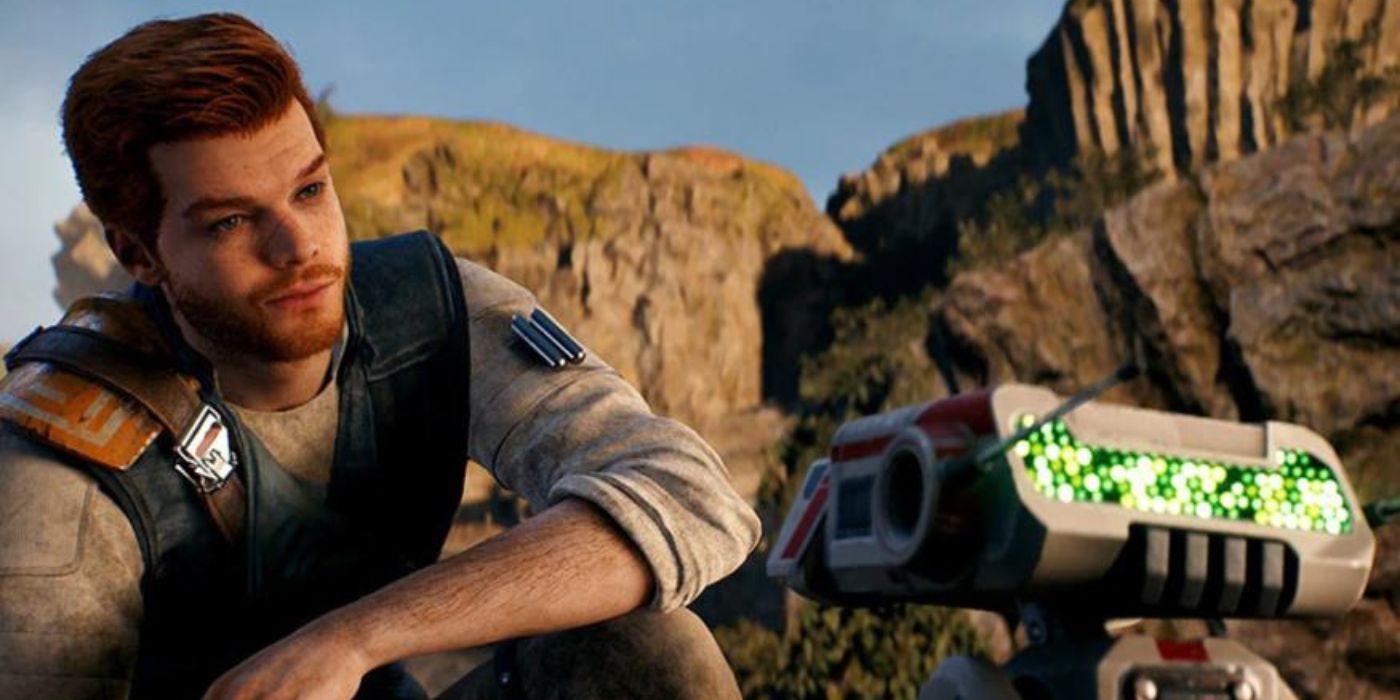
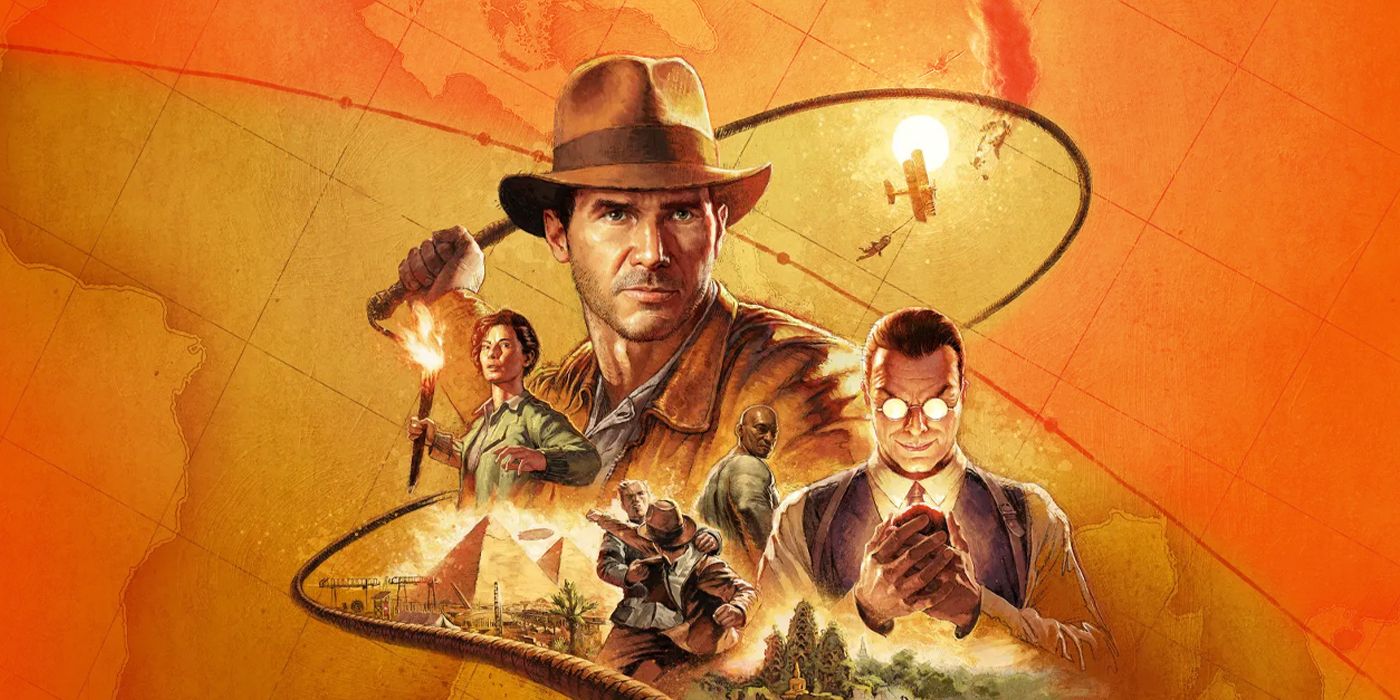






As open-world games become more complex, it seems that the popularity of alternative titles is on the rise. Because players are looking for those focused, narrative-driven experiences that feel a little more on the rails. Take the recent success of Indiana Jones and the Great Circle. Not only does the first-person title embrace the spirit of the titular adventurer, but it also removes all open-world elements for a more steady and accessible approach.
The game can be fully enjoyed because it can be accessed by anyone, regardless of their skill level, and can be 100% completed in a significantly easier fashion. The consistent popularity of the Pokémon series is another great example. Nintendo continues to highlight the franchise on each of its consoles, and while the games are starting to explore larger open-world elements, there is a purity to the setup of a game like Pokémon Sword & Shield that should not be overlooked.
Because, as players get busier in their lives, and have to balance their work, hobbies, relationships, and other important factors, it’s reassuring to be able to pick up and play a game that isn’t going to take a huge amount of time to complete. Again, accessibility is a major factor.
Now, that isn’t to say that without an open world, a map should be small or without narrative details and side quests. The God of War series is a fantastic example of being able to get the best of both worlds. The map is slightly larger than a traditional level-based title, and there are enemies to fight and collectibles to pick up.
But God of War also allows players to have a linear journey, where they can experience most of the story without having to get into the nitty-gritty of map tracking. Somehow, the title even includes multiple realms, and yet because they are in a more controlled environment, they are a little simpler to understand. So, there is an antidote to open-world gaming, and that’s in linear storytelling.
From Star Wars Jedi: Survivor to Uncharted, these titles feel as if they are an open world, but never cross the boundaries into the unbelievable. There are, of course, other genres to tap into too, with platform mechanics or party elements, but within this type of storytelling, especially with IP-led material, players really are gravitating towards something straight-forward.
Open World Gaming Is Valuable When Handled Correctly
It’s All About Balance
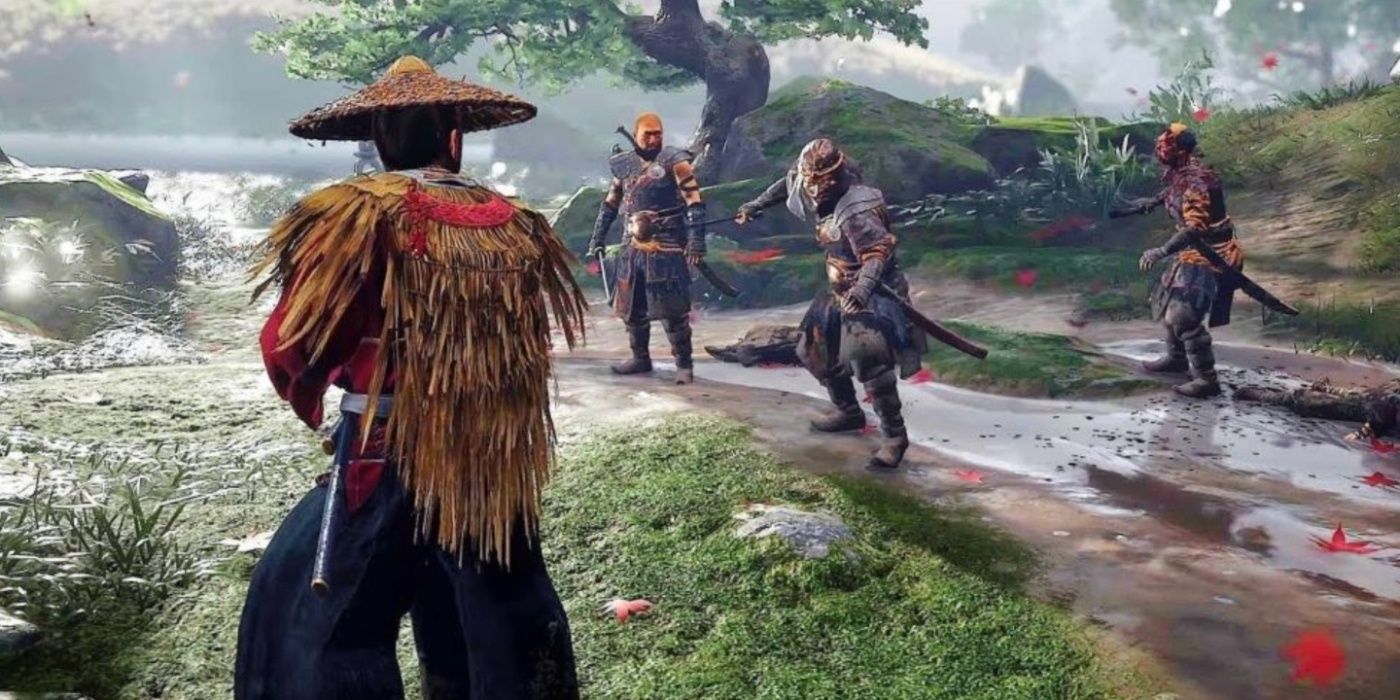
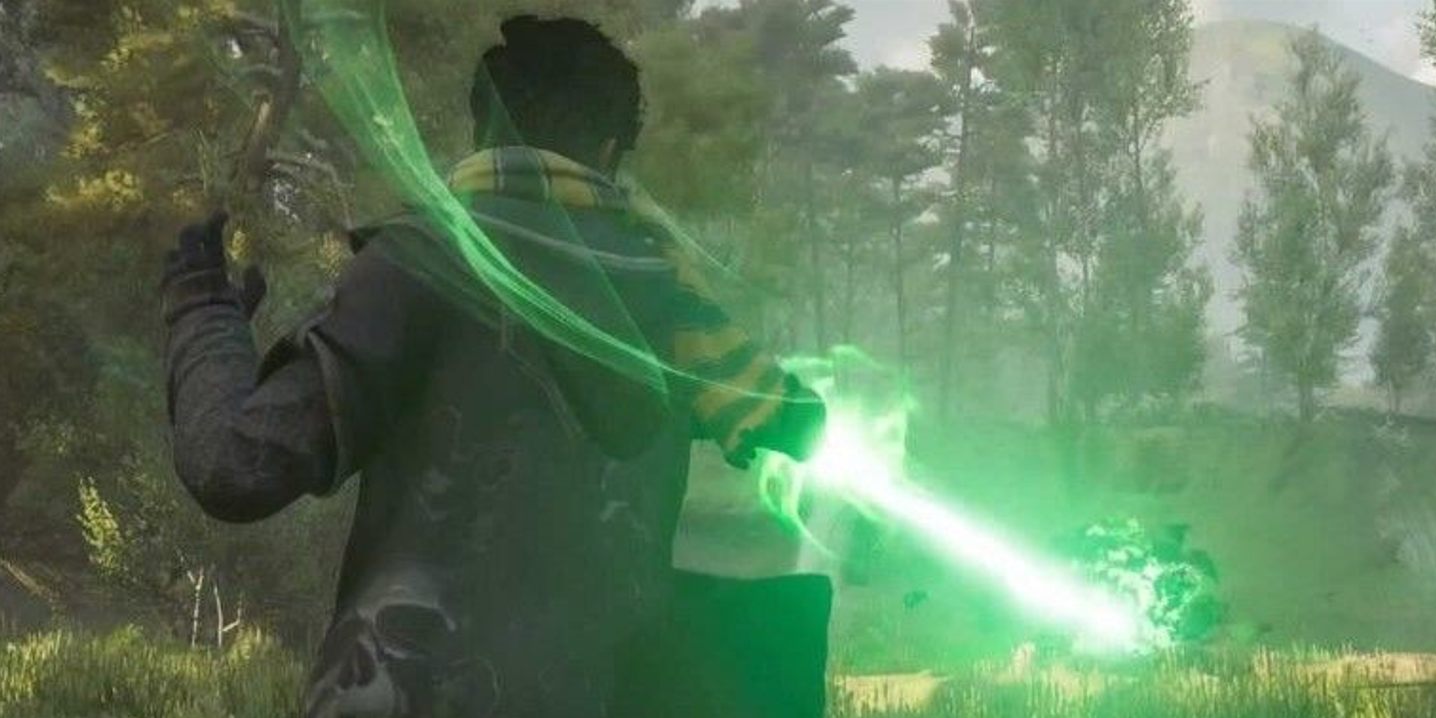






The truth is, balance is the key, within both the industry and within games themselves. On the one hand, the gaming space should continue trying to look for diversity where possible. Not every game has to be open-world, and if it is, it doesn’t have to be as big as titles like Starfield. This is especially true when it comes to established franchises. Games shouldn’t put off die-hard fans with a trend that could be getting out of control. On the other hand, developers could also look at how they handle their open-world games, to control the process.
And then, with the level of storytelling within that map, everything that players will come across feels deliberate and worthwhile. Whether open-world games have gone too far is for the player to decide, but balance should be asked for moving forward. This race towards even more shocking open worlds will only end in chaos for consumers.

